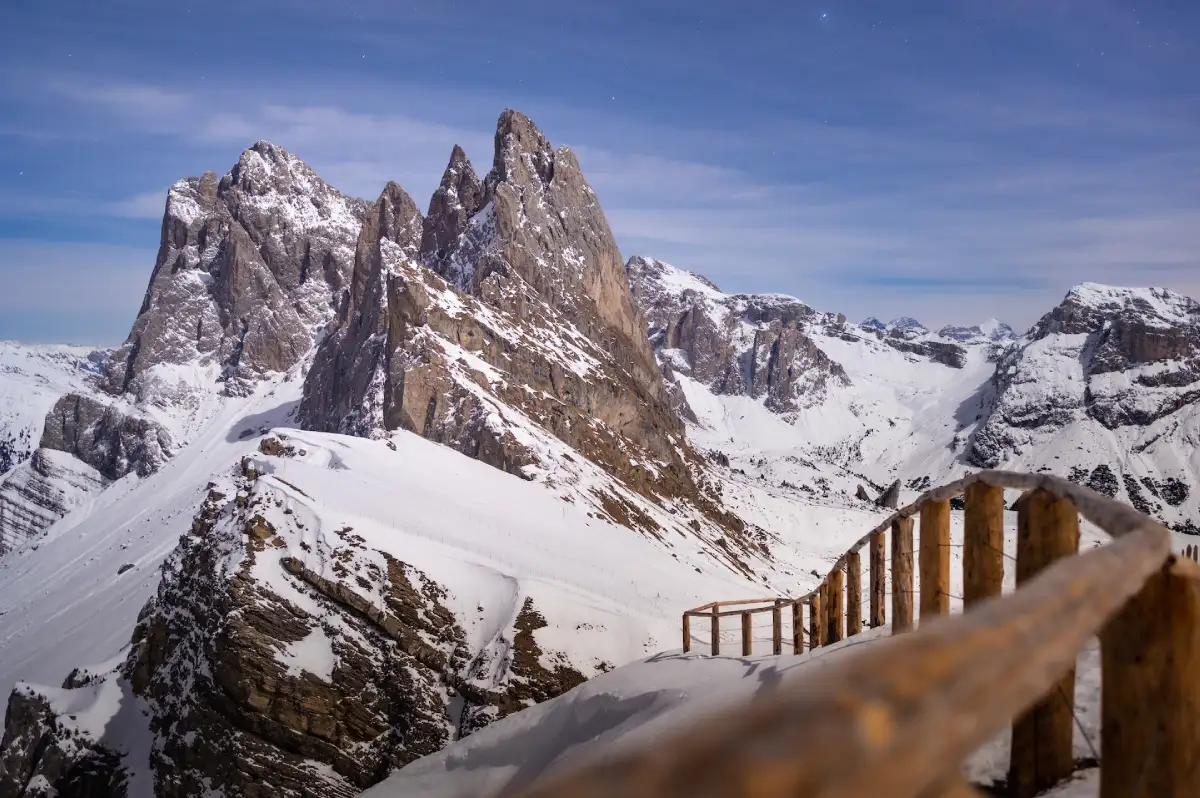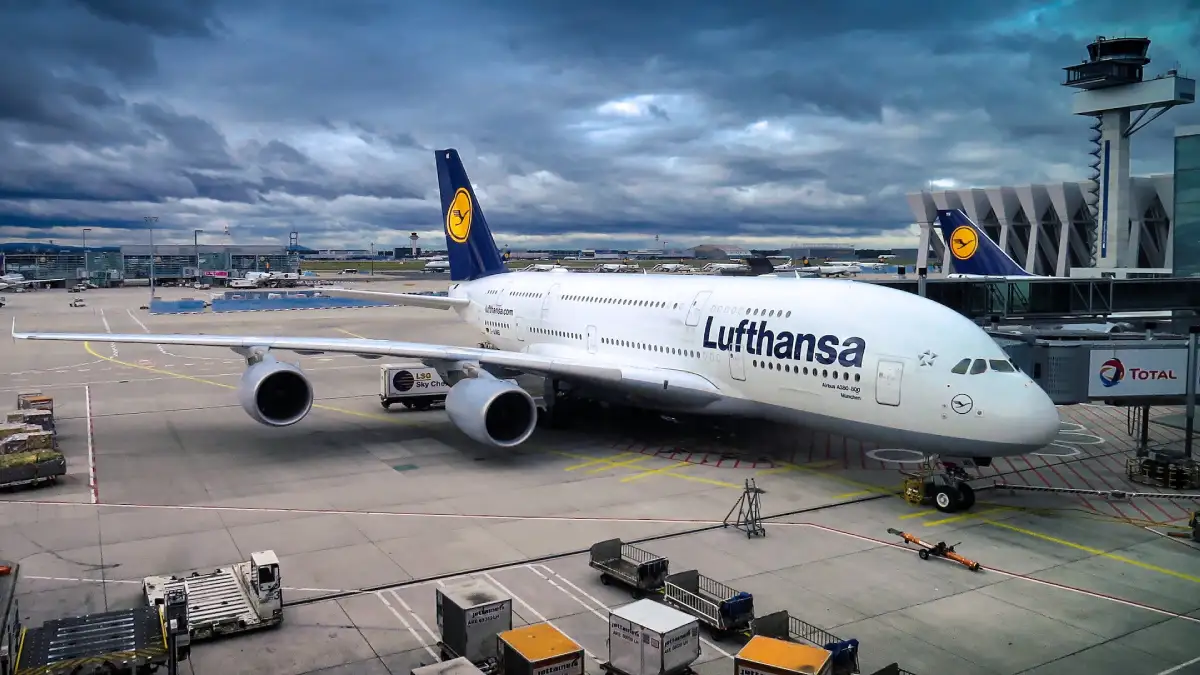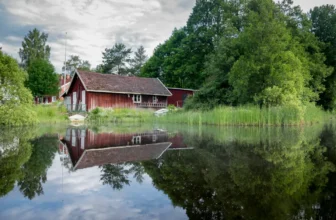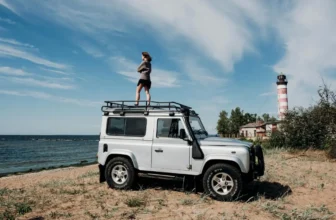
Are you an avid lover of adventure and all things outdoors? Do you yearn to explore different terrains, experience stunning vistas, and push yourself beyond the boundaries of comfort in pursuit of something more significant? If so, then imagine no longer – a lifetime journey to summit the world’s tallest peaks awaits.
Join us on this incredible journey as we discover new lands and uncharted paths while tackling some of Earth’s most iconic mountain ranges.
From scaling Mount Kilimanjaro’s snow caps in Tanzania to trekking through Peru’s Cordillera Blanca range, come along with us with each step as we take one bold leap after another towards success.
Preparing for the climb: What you need to know and do before starting the ascent
Embarking on the exhilarating journey to summit the world’s highest peaks and mountain ranges can be a life-changing experience. However, preparing for the climb is just as crucial as the ascent itself.
To ensure a successful, safe, and unforgettable adventure, you must be well-versed in the skills required, the potential risks, and how to overcome them.
Before embarking on your quest, investing time and effort into thorough research and planning, selecting the right gear and equipment, and honing your physical and mental endurance are essential.
Additionally, seeking guidance from seasoned mountaineers and enrolling in professional climbing courses will equip you with invaluable knowledge and techniques and provide insights into surviving and thriving in the face of extreme conditions.
With these preparations, you’ll be ready to tackle the towering peaks and relish in the profound, awe-inspiring beauty of our planet’s most majestic landscapes.
Gear up, selecting the right equipment
Before trekking up a mountain, having the right equipment and clothing is essential to ensure an enjoyable and safe climb. When gearing up for an ascent, remember the terrain you will be trekking through and the climate conditions you may experience.
Essential items such as sturdy trekking boots with grippy soles, weatherproofed trekking poles, and comfortable, lightweight clothing will make your journey more manageable.
Additionally, bringing along several extra layers of clothing and equipment, such as sunglasses, sunblock, gloves, headgear, and first aid kits, can help you remain comfortable during your trek.
To protect yourself from fatigue and altitude sickness due to extreme conditions in higher altitudes, consider investing in special mountaineering gear such as helmets, harnesses, and crampons. When trekking Kilimanjaro, these items are highly recommended for trekkers to ensure a safe and successful trek.
Choosing the right route
The terrain, climate conditions and mountain altitude can vary drastically between different routes, making choosing the correct route for your climb essential. Some routes may be more suitable depending on your skill level and objectives.
For instance, while an experienced mountaineer might take on the challenging Western Breach of Kilimanjaro due to its technical difficulty and stunning views from high altitudes, a novice trekker may opt for the longer but milder Marangu Route with its gradual ascent profile.
Researching the available routes beforehand will help you make an informed decision based on what you want from experience.
Training exercises to get you in top shape
Climbing a mountain will test your body and mind to their limits, making it crucial to train yourself before setting out on the journey. Cardiovascular exercises such as running or cycling can help strengthen your lungs and heart for the high altitudes ahead.
Strength training using weights or resistance bands should also be part of your routine. It will prepare your muscles for long days on the trail and enable you to easily carry heavy loads.
Finally, practice balance exercises such as yoga or pilates, especially when tackling technical terrain. With these basic but essential fitness practices in place, you’ll be ready to tackle any peak that comes your way.
Dealing with altitude sickness
Altitude sickness, or Acute Mountain Sickness (AMS), is a common medical condition experienced at high altitudes. Symptoms of AMS can range from mild headaches and fatigue to more severe conditions such as loss of coordination, dizziness, and vomiting.
To prepare for potential altitude sickness, it is essential to spend time acclimatizing by climbing lower peaks or spending a few nights at higher altitudes before the main ascent.
Additionally, drinking plenty of water and avoiding strenuous activities in the early stages will help minimize the effects of AMS. While many climbers take preventive measures against altitude sickness, it remains one of the most common risks associated with mountain climbing and should be taken seriously.
Enjoying the view from the top
After all the hard work, you’ll finally reach your destination – the summit of a mountain. Enjoy this moment and take in the stunning views that lay before you. Spend time reflecting on how far you have come and appreciate the beauty of nature.
Take some photographs to capture those memories forever and bask in the sheer joy of having achieved something remarkable – summiting a mountain. After savoring this moment, it’s time to start planning for your next adventure.
Mountain climbing can be an enriching experience if one is prepared mentally and physically for what lies ahead. With proper gear, route selection, training exercises, and safety measures, any climber can embark on an unforgettable journey toward the top of the world’s highest peaks.






